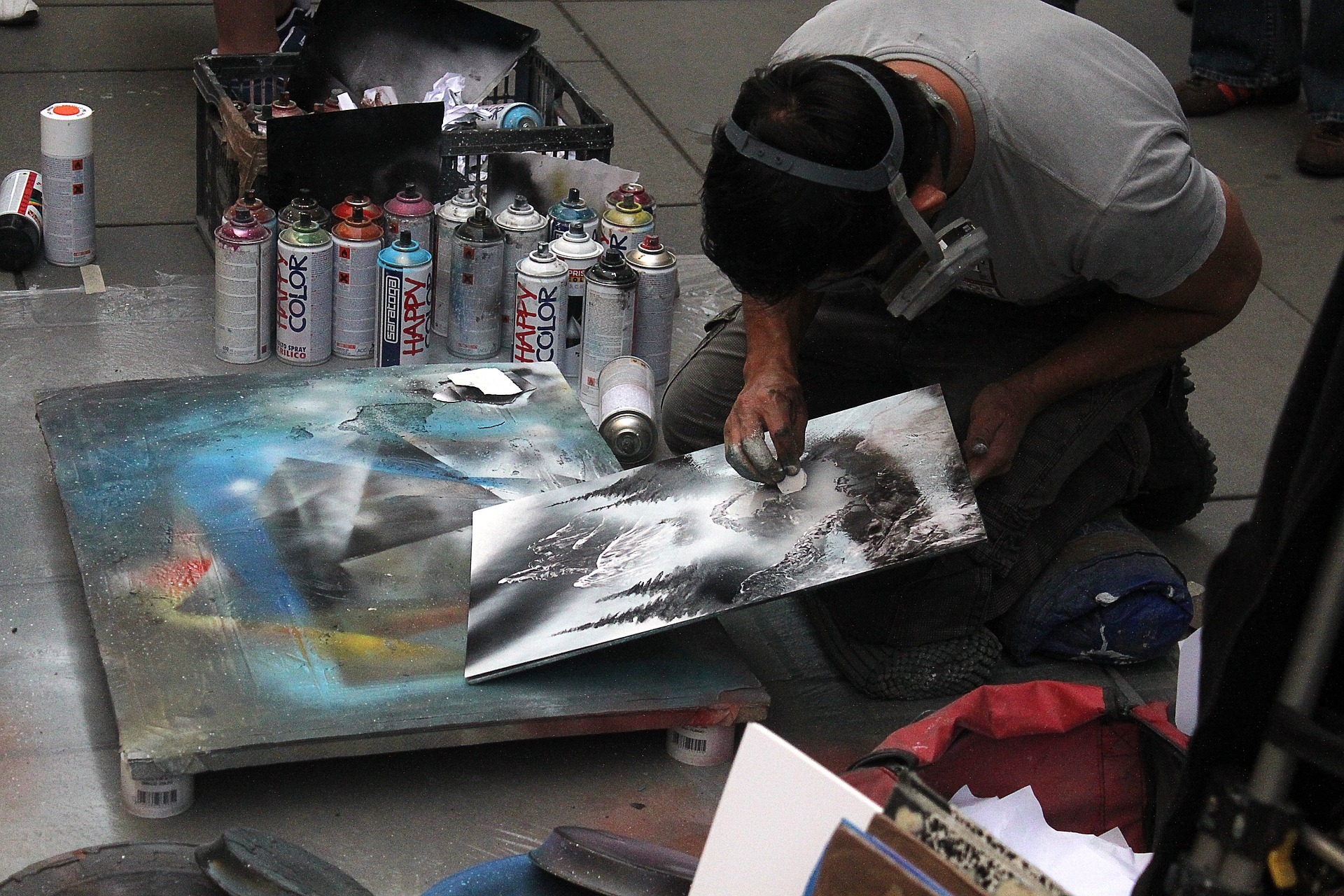The realizing that the surrounding space is a dream makes the dreamer enter a state in which almost everything is possible: solving difficult tasks, training in athletic skills, engaging in self-healing, finding out information, meeting people inaccessible in reality, or just enjoying a space where there are no boundaries.
Another well-known way to spend time in a lucid dream (LD) was presented to the scientific community by Robert Waggoner at the 37th Annual Conference of the International Association for the Study of Dreams. The researcher emphasized that LD is useful in the study of the unconscious and internal processes of creativity. The dreamer’s personal intentions, beliefs, and emotions create the surrounding space and the plot of the dream.
From experiments conducted on experienced lucid dreamers, Waggoner concludes that the facets of LD as a tool of creativity are unique and include, in particular:
– access to creativity;
– interaction with inner awareness;
– study of one’s own consciousness and psyche.
Lucid dreaming allows one to gain access to one’s internal resources, thereby increasing one’s creative potential. In the phase state (which includes, in addition to LD, sleep paralysis, false awakenings, out-of-body experiences, etc.), you can ask your unconscious questions and turn to it with requests. Thousands of dreamers have tested this for themselves, confirming the presence of a “second psychic system,” as described by Carl Jung.
Have you created any works of art in a phase state? Share them in the comments!
The abstracts of the conference reports were included in the supplement to Vol. 14 of the International Journal of Dream Research.




